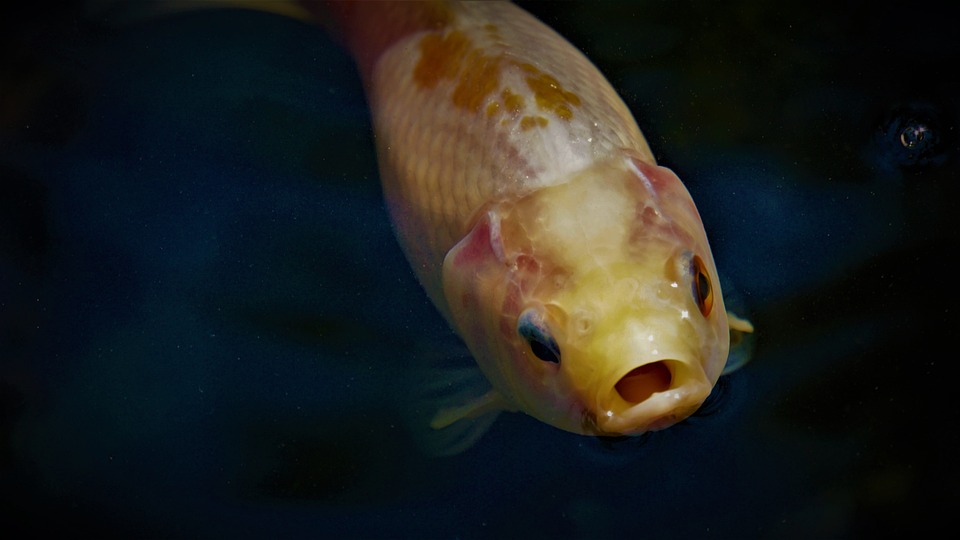Fish fin rot is a common condition that affects many species of fish kept in aquariums. It is characterized by the deterioration and erosion of the fins, leading to a frayed and ragged appearance. In this article, we will delve into the causes, symptoms, and treatment options for fish fin rot. Additionally, we will address some frequently asked questions to help fish keepers better understand and manage this condition.
What is Fish Fin Rot?
Fish fin rot refers to the deterioration and erosion of the fins in fish. It is primarily caused by poor water quality, bacterial infections, nutritional deficiencies, and stress factors. While all fish species can be affected, some common ones include bettas, goldfish, guppies, and angelfish.
Identifying Symptoms of Fish Fin Rot
There are several physical signs and behavioral changes that can indicate the presence of fish fin rot. Physical signs include frayed and ragged fins, discoloration, and inflammation. Behavioral changes may include lethargy, loss of appetite, and increased hiding.
Understanding the Underlying Causes
Poor water quality is one of the primary causes of fish fin rot. It is important to regularly test and maintain optimal water conditions, including temperature, pH levels, and ammonia levels. Bacterial infections, often caused by opportunistic pathogens, can also lead to fin rot. Nutritional deficiencies, such as a lack of essential vitamins and minerals, can weaken the immune system and make fish more susceptible to infections. Additionally, stress factors like overcrowding, aggressive tank mates, and sudden changes in water parameters can contribute to the development of fin rot.
Prevention Techniques
To prevent fish fin rot, it is crucial to maintain optimal water conditions. Regular water testing and appropriate filtration systems are essential. When introducing new fish to the tank, it is advisable to quarantine them first to prevent the spread of any potential infections. Providing a balanced diet that meets the nutritional needs of the fish is also essential. Finally, reducing stress factors by avoiding overcrowding, providing hiding spots, and minimizing sudden changes in water parameters can help prevent fish fin rot.
Treating Fish Fin Rot
When fish fin rot is detected, it is important to isolate the infected fish to prevent the spread of the infection. Cleaning and disinfecting the tank, as well as removing any decaying matter or uneaten food, can help improve water quality. Administering medications specifically designed to treat bacterial infections can be effective in combatting fin rot. Additionally, improving water quality through regular water changes and proper filtration can aid in the healing process.
Frequently Asked Questions (FAQs)
– Can fish fin rot be cured? Yes, with prompt attention and appropriate care, fish fin rot can be cured.
– How long does it take for fish fins to heal? The healing time can vary depending on the severity of the fin rot and the overall health of the fish. It can take several weeks to a couple of months for fins to fully heal.
– Can fish fin rot spread to other fish? Yes, fish fin rot can spread to other fish if proper precautions are not taken.
– Is fish fin rot contagious to humans? No, fish fin rot is not contagious to humans.
– Can I prevent fish fin rot by adding aquarium salt? While aquarium salt can help with certain types of bacterial infections, it is not a foolproof prevention method for fish fin rot. It is best to focus on maintaining optimal water conditions and providing a balanced diet.
Conclusion
Fish fin rot is a treatable condition that requires prompt attention and appropriate care. By understanding the causes, symptoms, and treatment options, fish keepers can effectively manage this issue and promote the overall health and well-being of their aquatic pets. Remember to maintain optimal water quality, provide a balanced diet, and reduce stress factors to prevent fish fin rot from occurring in the first place. With proper care and attention, your fish can enjoy healthy and vibrant fins.









